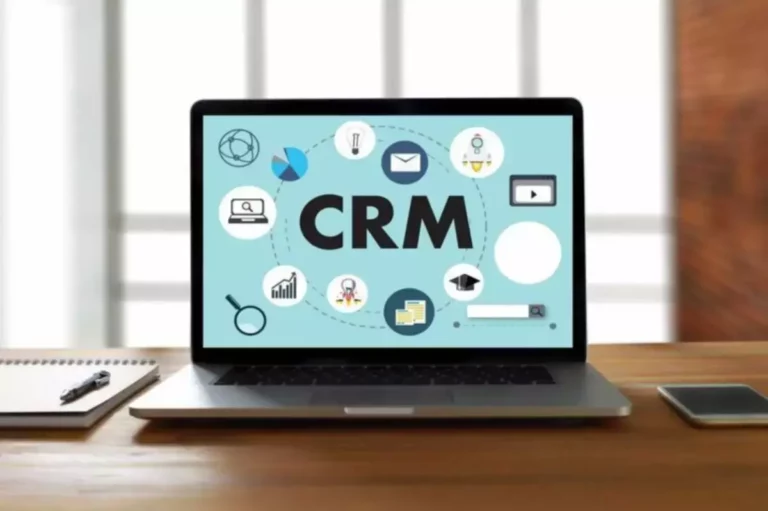And let us inform you these images are quite smaller in size that additional prompts fast utility deployment. Docker could be very preferable for Continuous Integration and Continuous Delivery (CI/CD) workflows. Docker leverages you with the utmost level of scalability and adaptability.
Helpful Tools For Deploying And Managing Docker Containers In Manufacturing
- Docker photographs encompass a number of layers, each building upon the one before.
- Another Docker consumer is Docker Compose,that lets you work with functions consisting of a set of containers.
- Installing docker on your system will give you every little thing you should construct and run containers.
- You can use advanced building options to reference a number of base photographs, discarding middleman layers from earlier pictures.
- You can outline both containers in your docker-compose.yml and benefit from streamlined management with automatic networking.
The isolation and safety allows you to run manycontainers concurrently on a given host. Containers are light-weight and containeverything needed to run the application, so that you needn’t depend on what’sinstalled on the host. You can share containers while you work,and ensure that everybody you share with gets the identical container that works in thesame way. The use of Docker Compose enables you to write reusable container definitions that you could share with others. You might commit a docker-compose.yml into your model control as a substitute of getting developers memorize docker run instructions.
Docker Incessantly Requested Questions
Wide adoption means there is a sturdy ecosystem of instruments and off-the-shelf functions that are prepared to use with Docker. Monitoring Docker containers is necessary to understand how they are functioning. Docker metrics, Docker logs, and repair discovery are required for this.
When You Might Have Builders Working In Different Setups
Several third-party services also provide Docker registries as alternate options to Docker Hub. Other customers will have the flexibility to pull your image and start containers with it. You don’t want to worry too much about Docker’s inner workings when you’re first getting began. Installing docker in your system will provide you with everything you should construct and run containers. For example, if your app wants to install dependencies, you could do something like RUN cd src/ && npm install.
As of this writing, Docker reported that over 20 million builders use the platform monthly3. Like other containerization applied sciences, together with Kubernetes, Docker plays an important role in trendy software program development, specifically microservices structure. Some people confuse Docker and Kubernetes, but they are two completely different tools that server completely different functions. Docker offers a method to create and manage containers, whereas Kubernetes automates duties such as container deployment, scaling, and load balancing. While Docker can be used with out Kubernetes, Kubernetes depends on Docker to run containers.
Docker is in style because it offers portability, consistency, and scalability for deploying purposes in several environments. Docker containers are light-weight, isolated, and easy to deploy, making them a well-liked choice for modern application development and deployment. Docker is an open source virtualization know-how that makes it simple to construct, check, and deploy functions. With Docker, you can ship your functions in a container surroundings that houses everything your software needs to run, from libraries to system tools, configuration information, codes, dependencies, and runtime.
All in all, Docker’s a incredible open-source platform that tremendously helps improvement groups streamline workflows and handle improvement extra effectively. Another option is the Warden Project, which was written for Cloud Foundry. However, Docker once more wins on this subject because it incorporates more social options, letting builders share photographs with others who are on the same Docker Index. This helps groups save quite a lot of time that may otherwise be spent on debugging or putting in new images. However, since Docker lets you isolate software in containers, you can run them separately without having to worry about environmental changes.
Because of the simplicity and improvements it brings to the app improvement lifecycle, Docker has gathered a big group of users. Big companies like Adobe, Netflix, PayPal, and Strips use Docker today for a selection of causes. However, in 2013, Solomon Hykes and Sebastien Pahl created Docker once they pivoted and decided to release DotCloud’s underlying technology beneath an open-source license. Developers can even use Docker Compose to outline persistent volumes for storage, specify base nodes and doc and configure service dependencies.
Thus, no much less work when developing functions coupled with a standardized approach to deploy them. Red Hat OpenShift on IBM Cloud presents developers a quick and secure approach to containerize and deploy enterprise workloads in Kubernetes clusters. Offload tedious and repetitive tasks involving security administration, compliance administration, deployment administration and ongoing lifecycle administration. Docker photographs are made up of layers, and each layer corresponds to a model of the image. Whenever a developer makes modifications to an image, a new top layer is created, and this high layer replaces the earlier prime layer as the present model of the image. Previous layers are saved for rollbacks or to be reused in other tasks.
Containers have turn out to be so popular as a end result of they remedy many frequent challenges in software development. The capacity to containerize as soon as and run all over the place reduces the hole between your improvement environment and your manufacturing servers. This is loosely equal to beginning a VM with an operating system ISO. If you create a picture, any Docker user will have the ability to launch your app with docker run. If you wanted further configuration, you could edit nginx’s config information by together with COPY nginx.conf /etc/nginx/nginx.conf and writing your personal config file.
To reap these advantages, you want orchestration tools like Kubernetes and Swarm. Implementing containerized workloads could be advanced, which makes orchestration tougher, especially if your containers are inconsistent. Additionally, there are some scalability, networking, and safety concerns.
Docker lets developers entry these native containerization capabilities by using simple instructions and automate them via a work-saving application programming interface (API). This allows developers to run the test suites, which are very important to CI/CD, to shortly see if a newly made change works properly. All the noise is occurring as a result of companies are adopting Docker at a exceptional price.
By combining Sematext Logs and Sematext Monitoring, it brings logs, metrics, events, and traces underneath one roof to provide you end-to-end visibility and perception into your containers. The Docker Client is the interface that permits customers to work together with the Docker Daemon using the Docker API. Simply put, the Docker Client receives the assorted Docker tasks, similar to making a Docker Image, and sends them to the suitable component to be accomplished. It contains the Docker daemon (dockerd), APIs, and the Docker consumer.
Small containerized purposes make it easy to deploy, identify points, and roll back for remediation. On the other hand, if all you need to do is get the most server software instances operating on the least amount of hardware, you couldn’t care less about running a number of operating system VMs. If a number of copies of the identical software are what you want, you then’ll love containers.
Here we record a number of the major advantages of Docker and containers. Learn more from our tutorial on Docker monitoring with Sematext or start the 14-day free trial to get the total image of what Sematext can do on your specific use case. Docker Daemon processes any task despatched by the Docker Client after being acquired over the Docker API. It at present runs solely on Linux as a outcome of it is decided by several Linux kernel features.
/

.jpeg)
.jpeg)
.jpeg)
.png)


.jpg)
.jpg)
.jpg)
